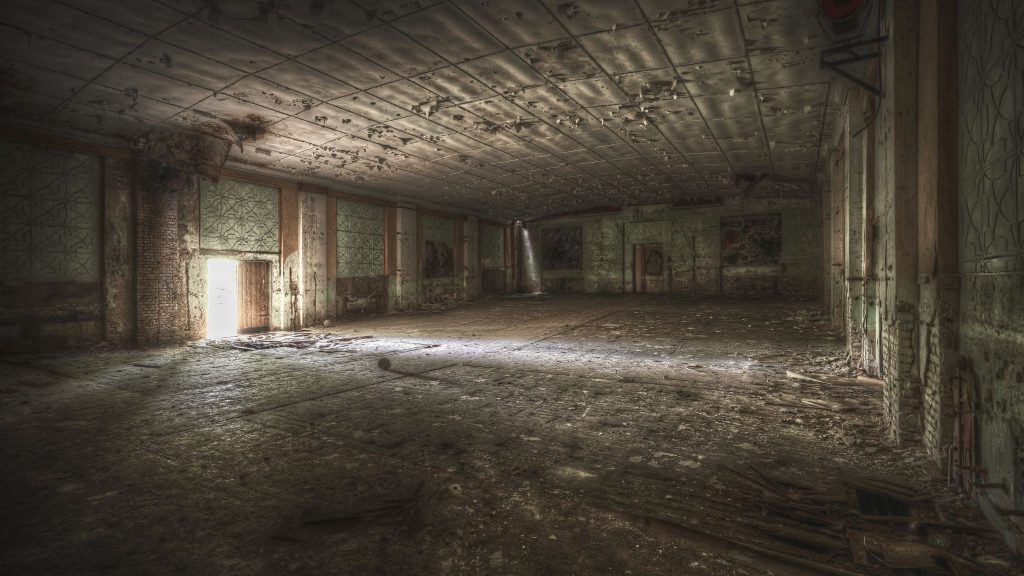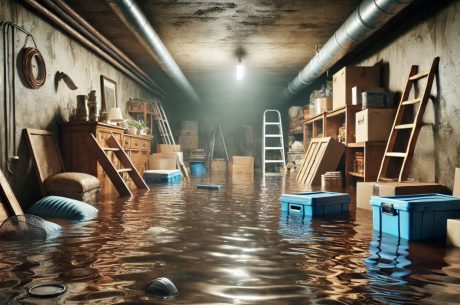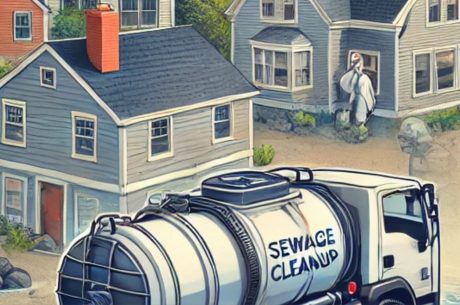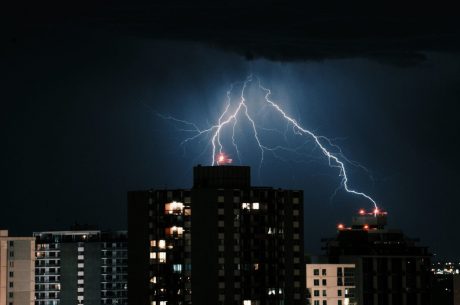Table of Contents
Crawl Space Water Removal in Maine
Maine’s climate, with its heavy snowfall, spring rains, and occasional coastal flooding, can lead to excess moisture in crawl spaces. If left untreated, water accumulation can cause structural damage, mold growth, and poor indoor air quality. If you’ve discovered water in your crawl space, acting quickly is crucial.
Here’s a step-by-step guide on what to do when you need crawl space water removal in Maine.
1. Identify the Source of the Water
Before removing the water, you need to determine how it got there. Common causes include:
- Poor drainage – If your gutters are clogged or your yard slopes toward the foundation, water can seep into the crawl space.
- Plumbing leaks – A burst pipe or leaking water line can lead to standing water.
- High groundwater levels – Heavy rain or snowmelt can raise the water table, causing hydrostatic pressure that pushes water through foundation cracks.
- Condensation – High humidity can cause moisture buildup, especially if the crawl space lacks proper ventilation or vapor barriers.
Inspect the area to locate the entry point. If you can’t find the source, a professional water damage restoration company can help.
2. Remove Standing Water
Once you’ve identified the issue, the next step is removing the water. Depending on the severity, you can:
- Use a wet/dry vacuum – For small amounts of water, a shop vac can help extract moisture.
- Set up a sump pump – If there’s significant standing water, a sump pump will efficiently remove it.
- Call a professional water extraction service – For extensive flooding, professionals have industrial-grade pumps and drying equipment to handle the job safely.
Important: Never enter a flooded crawl space without proper safety gear. There could be electrical hazards, mold, or structural instability.
Need help with crawl space water removal in Maine? Call PuroClean of Auburn, Maine on (207) 531-1200, we are a local water damage restoration expert. Let’s assess your situation and provide a long-term solution.
3. Dry Out the Crawl Space
Simply removing the water isn’t enough—you must also dry the area to prevent mold and rot. Here’s how:
- Use fans and dehumidifiers – Place high-powered fans and a dehumidifier in the crawl space to circulate air and reduce humidity.
- Open vents (if applicable) – If your crawl space has ventilation, opening the vents can help with airflow. However, in humid climates, this can sometimes worsen moisture problems, so consult a professional.
- Monitor moisture levels – Use a moisture meter to ensure the space is completely dry before moving to the next steps.
4. Clean and Disinfect the Area
Water intrusion often brings dirt, bacteria, and potential mold growth. To prevent health hazards:
- Scrub surfaces – Use a mixture of water and bleach or a commercial antimicrobial cleaner to disinfect wood and concrete.
- Remove damaged insulation – Wet insulation can harbor mold and should be replaced.
- Check for mold – If you see or smell mold, consider professional mold remediation to prevent respiratory issues.
5. Prevent Future Water Intrusion
To avoid recurring problems, take preventive measures:
A. Improve Drainage Around Your Home
- Clean gutters and extend downspouts away from the foundation.
- Grade the soil so it slopes away from your home.
- Install French drains or a perimeter drain system if needed.
B. Seal Cracks and Install a Vapor Barrier
- Patch foundation cracks with hydraulic cement or epoxy injections.
- Lay a heavy-duty vapor barrier (at least 10-20 mil thick) over the crawl space floor and walls to block moisture.
C. Consider a Crawl Space Encapsulation System
Encapsulation involves sealing the crawl space completely with a vapor barrier, sealing vents, and sometimes adding a dehumidifier to control humidity. This is highly effective in Maine’s damp climate.
D. Install a Sump Pump (If Needed)
If groundwater is a recurring issue, a sump pump with a backup battery can automatically remove water before it causes damage.

6. Know When to Call a Professional
While some homeowners can handle minor water removal, certain situations require expert help:
- Severe flooding – If the water level is high or the source is unclear, professionals have the right equipment.
- Mold growth – Improper mold removal can spread spores and worsen air quality.
- Structural damage – If beams, joists, or foundation walls are compromised, a contractor should assess repairs.
Final Thoughts
Crawl space water removal in Maine is a critical task that demands immediate attention to avoid structural damage and health hazards. When dealing with crawl space water removal, the first step is identifying the source of the intrusion—whether it’s poor drainage, plumbing leaks, or groundwater seepage. Once the cause is determined, effective crawl space water removal involves extracting standing water, thoroughly drying the area, and disinfecting to prevent mold growth.
To ensure long-term protection, homeowners should invest in preventive measures like proper drainage, vapor barriers, and encapsulation. However, if crawl space water removal seems overwhelming or the problem persists, it’s best to consult a professional water damage restoration company. Expert crawl space water removal services in Maine can provide the right equipment and expertise to keep your home safe, dry, and structurally sound.
Don’t wait until moisture causes irreversible damage—act fast and prioritize crawl space water removal to safeguard your home and health.
Need help with crawl space water removal in Maine? Call PuroClean of Auburn, Maine on (207) 531-1200, we are a local water damage restoration expert. Let’s assess your situation and provide a long-term solution.




 PuroClean of Auburn
PuroClean of Auburn